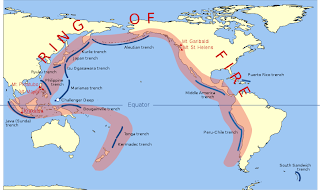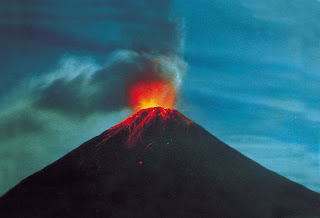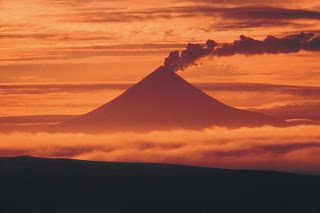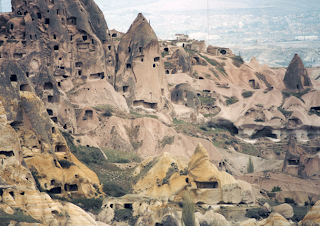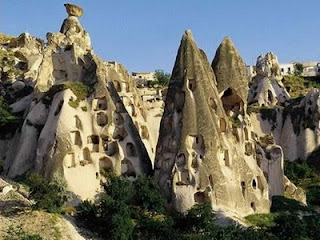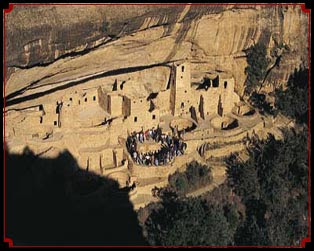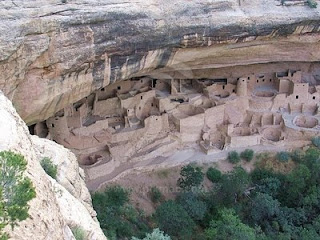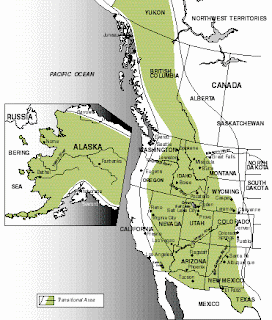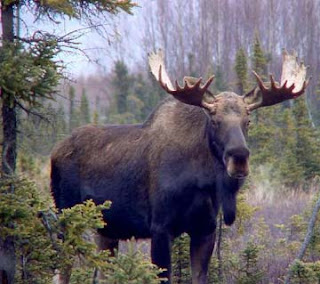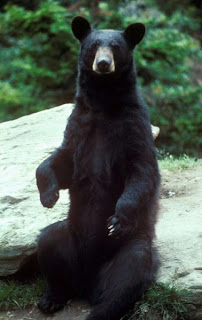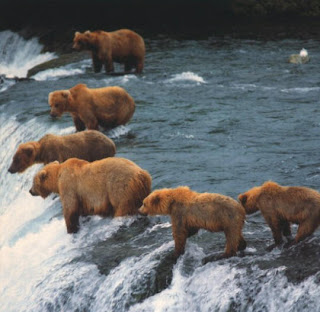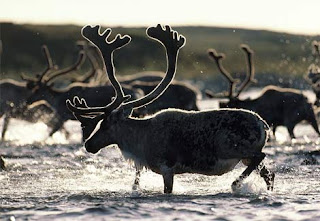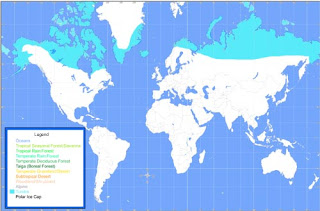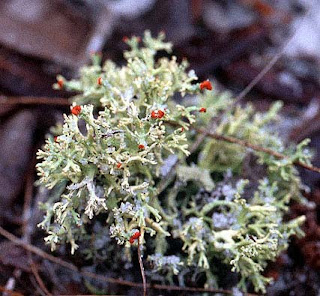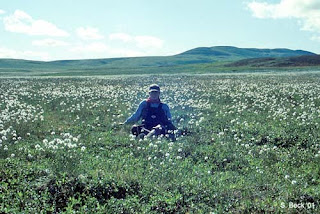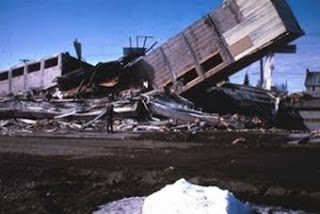
VS
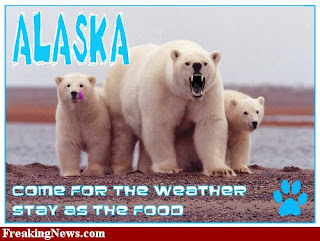
Let’s compare these two places and find out which one is best regarding the natural/social environment.
Location and physical setting:
-----------------------------
Both, Hawaii and Alaska are situated in or bordering the Pacific Ocean. You can’t drive all the way to Hawaii, but you can drive from your home place in Northridge, CA to Alaska if you want (I looked up on the Internet- the distance is about 6,000 miles). From San Francisco to Honolulu- Hawaii’s capital, the distance is 2400 miles (page 360, from “Regional Landscape of Canada and Unites States”). Both places have active volcanoes (take a look at http://www.nationalatlas.gov to see a map with volcanic activities). The climate is different: Hawaii has a tropical location while most of Alaska is characterized by tundra. Based on www.infoplease.com, Alaska’s lowest temperature was -80 degree F and Hawaii’s lowest was 12 degree F. The huge difference is not a surprise because there are two different climates. I like cold weather, but not -80 degree F, that’s way too cold (don’t forget, that’s a lowest all time record). Regarding precipitation, both Hawaii and Alaska do have rains, it just depends of your particular location. For example, if you are located around Mount Waialeale from Kauai (Hawaii), you will enjoy about 486 inches of annual precipitation. Same thing with Alaska, in the South side, there is a lot of humidity which will increase the amount of precipitations.
Populations:
-----------
If you like ethnic diversities, Hawaii is the best place to choose. Ethic diversity is perfect to discover other races traditions, foods, etc. 30% White, 18% Filipino, 21% Japanese, 5% Chinese, 8% Hawaiian, etc is the ethic diversity of Hawaii. In Alaska, there is less ethnicity regarding population: 75% White, Asian (as a group) 5%, 4% African-American, 19% American Indian or Alaskan, etc (www.wikipedia.org).
Regarding taxes (yes, I don’t like taxes) there are no sales taxes in either Hawaii or Alaska. Don’t forget, if your choice is Hawaii, the amount of general taxes is 4% and 0% in Alaska (wikipedia.org).
Well, these are just a few factors which can be taken in consideration if you want to live in Hawaii or Alaska. They are both wonderful places to live or visit.
